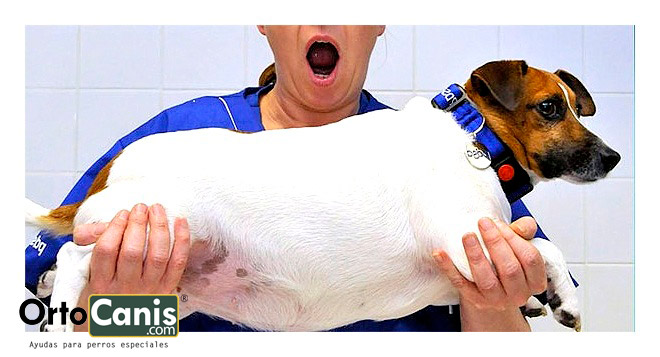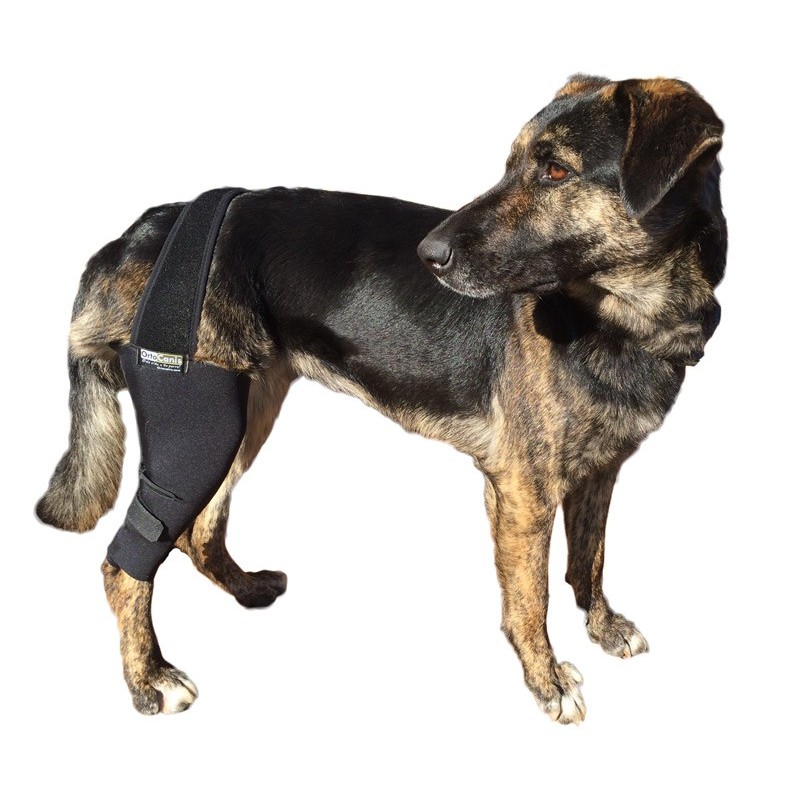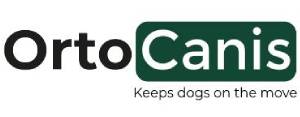Among the treatments and measures we should take into account with any dog with orthopedic problems, maintaining an optimal weight is the most important.

CONSEQUENCES OF BEING OVERWEIGHT AND OBESITY
Being overweight has many negative side effects on the musculoskeletal system:
-
It forces the joints to support more weight, causing deformations, inflammation and, as a result, pain.
-
According to recent studies, fat tissue is not only an energy reservoir. In reality it has many effects on the whole body, and one of them is maintaining a chronic inflammatory state. This is why dogs with joint problems, for example, or allergic dermatitis, see their symptoms worsen when they gain weight.
-
Furthermore, the rest of the organs and systems will also be affected more or less due to the excess of fat: it has been linked to the onset of: Diabetes Mellitus (very common in cats), cancer, hepatic diseases (hepatic lipidosis, potentially fatal in cats), cardiorespiratory problems, fatigue, dermatitis, ...
WEIGHT GAIN IS A "VICIOUS CIRCLE"
Fat tissue increases the animal’s feeling of hunger, however this tissue does not consume energy, so the animal will eat more and more while still “burning” the same, resulting in a constant weight gain.
Weight gain causes pain in joints and breathing difficulties, for which the dog will lower its activity level, thus further benefiting the fatty deposits.
The animal’s owner will see animal become increasingly apathetic and will tend to shorten their walks and spend less time playing with them, which will further contribute to the weight gain.
MY DOG IS OVERWEIGHT. WHAT SHOULD I DO?
Weight depends only on two factors: energy calories ingested and energy calories spent. Unless the animal has an illness that prevents it, we should act upon both:
Decrease the energy ingested: IMPORTANT, never decrease the amount of food recommended by the manufacturer, because along with eliminating calories and fat, we will also be getting rid of vitamins, minerals, etc., and we could be causing nutritional deficiencies in the animal. The solution is to use specific dog food for weight loss, which maintains the amount of essential nutrients while being low in calories. For elderly animals or those with another condition, always ask your vet for help before changing the diet.
Increase the energy spent: we should break the vicious cycle that we talked about before. To do so, we must maintain moderate and constant physical activity. As the animal starts losing weight (also with help from the change in diet), we can increase the intensity since the animal will tolerate it better. How can we do this with cats? By increasing time dedicated to playing games. A good idea that “forces” them to play is hiding part or all of their food in high places or hidden corners of the house, which by increasing the stimulus to search and hunt, will also increase their activity, metabolism and mental well-being.
WHAT IF MY ANIMAL CANNOT MOVE AROUND EASILY?
The procedure is the same as in a healthy animal, however achieving an increase in physical activity can be more difficult. To do so, you should help them move or stimulate their muscles (always with the advice of your vet). This can be achieved with the following:
-
Use of natural anti-inflammatories that reduce pain and increase the dog’s desire to exercise. Chronic use of chondroprotectors can also help to achieve this effect.
-
The use of technical aids that reduce pain (such as, a knee brace for animals with injuries to the crucial ligament) or those that help them stand (such as, wheelchairs for dogs with weakness in the hindlimbs)
 Laura Perez -Ortocanis Veterinary
Laura Perez -Ortocanis Veterinary

